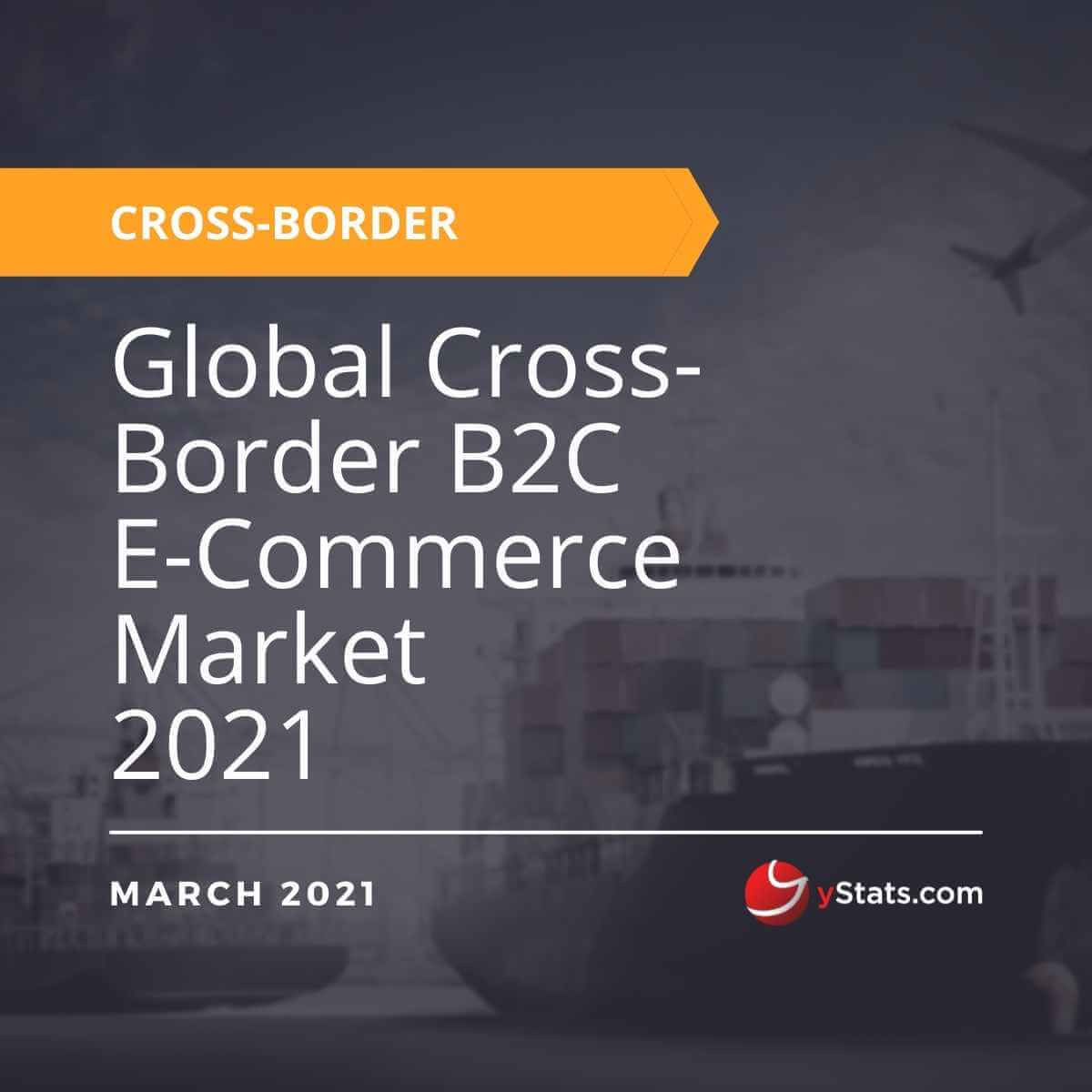Description
Countries Covered: Austria, Belgium, Croatia, Cyprus, Denmark, Estonia, Finland, France, Germany, Greece, Hungary, Iceland, Ireland, Italy, Latvia, Lithuania, Luxembourg, Netherlands, Norway, Poland, Portugal, Russia, Slovenia, Spain, Sweden, Switzerland, Turkey, UK
Pages: 88
Publication Date: 17/03/2021
Questions Covered in the report:
- How high were cross-border B2C E-Commerce sales in Europe predicted to be in 2022?
- What are the main reasons for European consumers to shop online cross-border during COVID-19?
- What product categories were popular for cross-border B2C E-Commerce in Europe?
- Which E-Commerce marketplaces were mostly used in Europe by online consumers to buy internationally in 2020?
Key Findings:
Cross-border E-Commerce followed a downward trend in Europe in 2020
Germany and Czechia were the only countries in Europe that experienced no change in cross-border online shopper penetration
The share of B2C E-Commerce products imported from EU and non-EU sellers to the 27 European Union countries fell from 45% in 2019 to 40% in 2020. With that, the cross-border online shopper penetration rates decreased for almost all countries of EU28, except for Germany and Czechia, where there was no change compared to 2019. Meanwhile, the markets which suffered the most were Montenegro (-55 p.p.), Malta, Iceland, and Estonia (-18 p.p.), Bosnia and Herzegovina (-17 p.p.). With that, no market has seen an increase in share in 2020. Nevertheless, the perspectives of cross-border B2C E-Commerce in the countries of Europe look brighter in the near future: the share of cross-border online sales via global marketplaces was forecasted to increase from 60% in 2019 to 66% in 2025.
Cross-border B2C E-Commerce stays fragmented across the European countries.
Germany’s domestic online purchases prevailed international ones, namely, the share of online purchases from the countries outside and in Europe held 30-40%, while the in-country was approximately 70%. This was the case as well in Poland, Turkey and Russia. Unlike in these countries, in Italy, digital online sales from abroad outweighed (60%) the domestic (40%), whereas this was mainly because of the imports from European countries. Furthermore, despite the expected increase in 2020 in the number of cross-border online consumers from 22 million in 2019 to 23 million in 2020, figures were predicted to decline to 21 million for 2022. In Russia, in spite of a significant increase of the total B2C E-Commerce sales between 2019 and 2020, i.e. from EUR 25 billion to EUR 35 billion, the share of cross-border B2C online sales fell by 8 p.p.






